What Is Bike Packing?
What Is Bike Packing?
Riding bikes is one of the best ways to get away from it all, but what if you you want to extend your rides over a few days? There is a way you can self support yourself while exploring long-distance routes and terrain. In this post, I will answer the question of “what is bike packing?”, how to get started and what you need.
Getting Started
You would be forgiven for thinking that you need to go out and spend loads of money on specialist equipment. There are things that you will want to get if bike packing is something you are going to do regularly, but in the early days, you can start with things that you already have. Think back to when you first started mountain biking, when you probably only had the basic kit but accumulated the equipment, tools and clothing over time. Bike packing is the same, in the way that you buy new kit as you get more experience and spread the cost over time.
It’s possible to spend a small fortune on ultralight, quality gear – but to start with just use what you’ve got. In my own experience, it’s much better discovering what you need through experience, rather than wasting money on things that won’t work for you in the long run.
Carrying Stuff
There are a lot of bags that you can fit onto a bike. The main load carriers will usually consist of a handlebar roll (or harness), a seat pack and frame pack. You don’t want the steering to feel too heavy, so I’ll try to keep lighter weight items like sleeping gear at the front. The seatpack tends to contain clothes and food. Heavier items will go in the framepack as this has a lower centre of gravity, to avoid affecting handling too much. Depending on the trip, I may not use all of these bags and will pack differently accordingly.
When it comes to answering the question of “what is bike packing?”, the answer can be quite broad depending on your plans. But in a nutshell, bike packing is being self-sufficient on your bike, by carrying everything you need for overnight stays or multi-day tours.
Essentially, bike packing is backpacking with your bike, allowing you to travel further. You may be riding on or off-road, riding through the countryside, exploring the mountains, crossing borders, or simply enjoying your bike on a weekend away.
In this post I am going to give you some tips for you for your first bike backing trip, by taking about some things you should consider. You will learn about equipment, setting up your bike and planning routes.
Preparing Your Bike
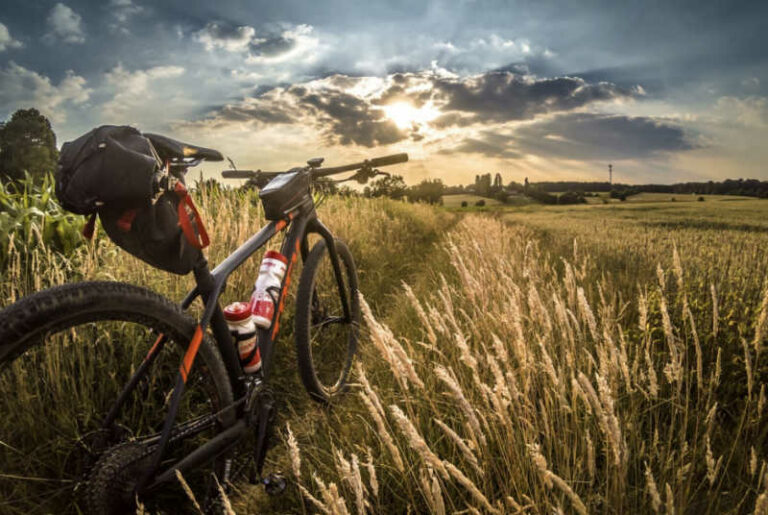
It is common for people to use adventure or gravel bikes for bike packing, but the best bike to use is the one you already have.
When it comes to setting up your bike, you will need to adjust your tyre pressures and suspension to compensate for the extra weight you are carrying.
If you are going to be doing a lot of bike packing, you may want to consider changing your bike’s to make pedalling easier and more forgiving for your knees.
You need to be thinking about comfort, due to the amount of time you will be riding your bike. Therefore, you should make sure that you have a saddle that is right for you and is super comfortable.
If you are riding a road or adventure bike, it is a good idea to double-wrap your bar tape, while mountain bikers, should fit ergonomic grips. You may also want to consider a more upright riding position, by adjusting your handlebars or adding spacers to raise them.
There may be times when you are riding in low light or bad weather conditions, therefore, you should make sure that you have decent lights to keep you safe.
Carrying Your Stuff
You are going to find bike packing difficult if you don’t have a way of carrying your stuff. This is where bike packing bags come in handy. These are soft bags that fit on to your frame, rather than using panniers. You don’t have much space, but they promote a minimalistic approach, meaning that you won’t carry too much with you. This is important, as lots of weight will affect your bike’s handling, making it more difficult and less fun to ride.
You can of course, use racks and panniers to carry stuff. These allow you to carry more stuff if you need it. However, there is no definitive answer to how you should carry your kit, as every rider, bike and trip is different.
You can spend a lot of money on lightweight bike packing equipment, but like I said earlier, you may just want to start with what you have.
When it comes to bike packing bags, there are lots of options. You will put most of your stuff in bags mounted on the handlebars in a seat pack and in a frame pack.
It is a good idea to keep the lighter stuff up front, as you don’t want your steering to feel heavy. Your seat pack, is a good place to carry your clothes and food, while your heavier items should go in the framepack. This is mounted low down, which lowers the centre of gravity, to reduce the negative effect on your bike’s handling. You may not need all of these bags for every trip, so you just need to pack according to your needs.
For carrying snacks, multitools and other small items, you can attache smaller accessory bags to your frame. Examples of these are stop tube and stem bags. You can also add a small accessory pocket on the front, so you can have easy access to your camera or phone.
I don’t recommend that you get all of the bags I have just mentioned for your first bike packing trip. You should be able to get away with just two bags strapped under your saddle and on the handlebars, your regular backpack and a way of carrying enough water.
When you start to do longer trips, you may want to think about renting bike packing equipment. A good company that does this in the UK is Pannier.cc. They have bags and camp gear to rent and have plans to rent out complete bike packing setups that include suitable bikes. Hiring the equipment, means you can get a good feel about what you need or don’t need, before you buy.
The Stuff You Cannot Do Without
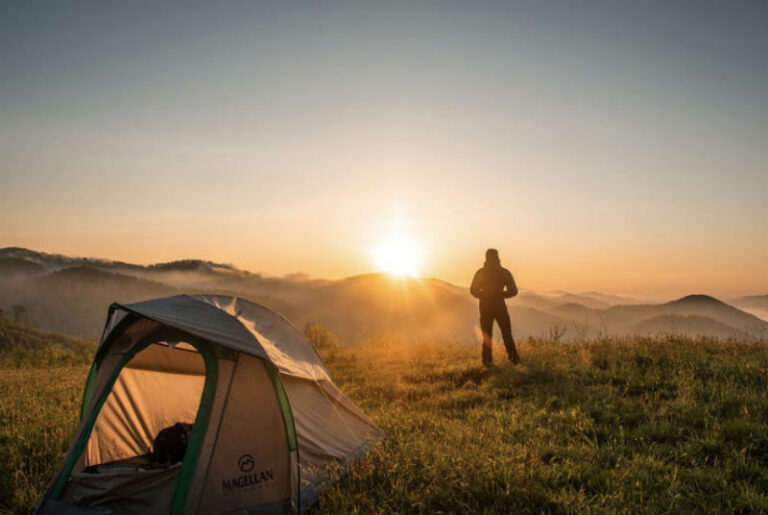
When you are peddling for miles, it is best to travel light, making your trip easier and more fun. But, there are things you will need to take with you.
Being efficient and considering what you need is a cost-effective way of making sure your setup is as light as it can be. You will also need to make sure that your kit is suitable for changeable weather conditions.
You will need to carry camping equipment on a bike packing trip, such as sleeping gear, a way to prepare food, and a change of clothes.
You can save a lot of weight by carefully considering your sleeping solution. A lightweight tent will shave off some grams, as is a lightweight compression sleeping bag. If the weather conditions allow it, bivy bags are great options, as they are very light and don’t take up much room.
If you are riding in the UK or somewhere with similar conditions, a tent is probably the best option to give you proper shelter.
For extra comfort, you may want to consider carrying a mat. Foam mats are cheap and very tough, but they are difficult to pack. If you can pay the extra, inflatable mats offer a more comfortable and lightweight solution.
You are going to be burning some calories while on a multi-day ride, so you will need a way of cooking some decent food. The most popular solutions are gas or meths stoves. Meths stoves are the lightest while gas stoves give you more flexibility with your cooking.
Your First Bike Packing Trip
Planning your first bike packing trip shouldn’t be too difficult. You will get better the more you do it, but the feeling of uncertainty and adventure is part of the bike packing experience.
When you are planning a route, you need to remember that you will be carrying luggage over several days. This means you won’t be riding as quickly and covering as much ground as you normally would in a day. Start off with a shorter route to gain experience and to get a feel of what you can do and what you need. Once you have a couple of these rides under your belt, you can go for longer trips more comfortably.
It is a good idea to incorporate routes or trails you already know in the early days. You can easily do this by using, Strava segments or heatmaps. Many bike packers plan their rides using RidewithGPS which has a wide selection of map layers, as well as satellite imagery. I like to use FATMAP for detailed information on rides.
Wherever you are thinking about riding, you need to consider where you are going to sleep and restock your supplies. Your options are campsites, bothys, refuges, hostels, or wild-camping. You need to make sure that you are adhering to local camping and access rules if you are wild camping, or suitably hidden from the powers that be.
Navigating

A GPS smartwatch or computer with your pre-planned route loaded on it makes life so much easier. But if you are riding off the beaten path, it is a good idea to carry a compass and map. If your electronics fail for any reason, your Mao and compass will help you get home or to safety. There are lots of factors that can impact your route unexpectedly, from closed paths, fallen trees, collapsed bridges to bad weather. Therefore your planned route may not be possible, so you should be able to adapt to suit.
If you are planning on doing a lot of bike packing, it is a good idea to learn how to navigate with a compass and a map. Also, an outdoor first aid course will prepare you further for the unexpected.
What Is Bike Packing? - Answered!
I have given you an idea of what to do when bike packing, but you will learn more by doing. You should not expect everything to go perfectly smooth in the early days, but you will quickly gain experience to enjoy longer tours.
You may want to travel fast and light, or you may prefer to take your time and carry more creature comforts. Either way, it doesn’t matter as long as you are enjoying yourself and staying safe.

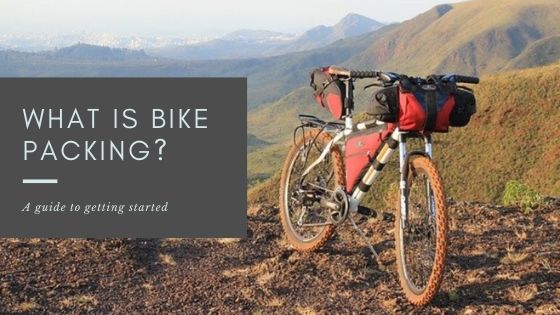
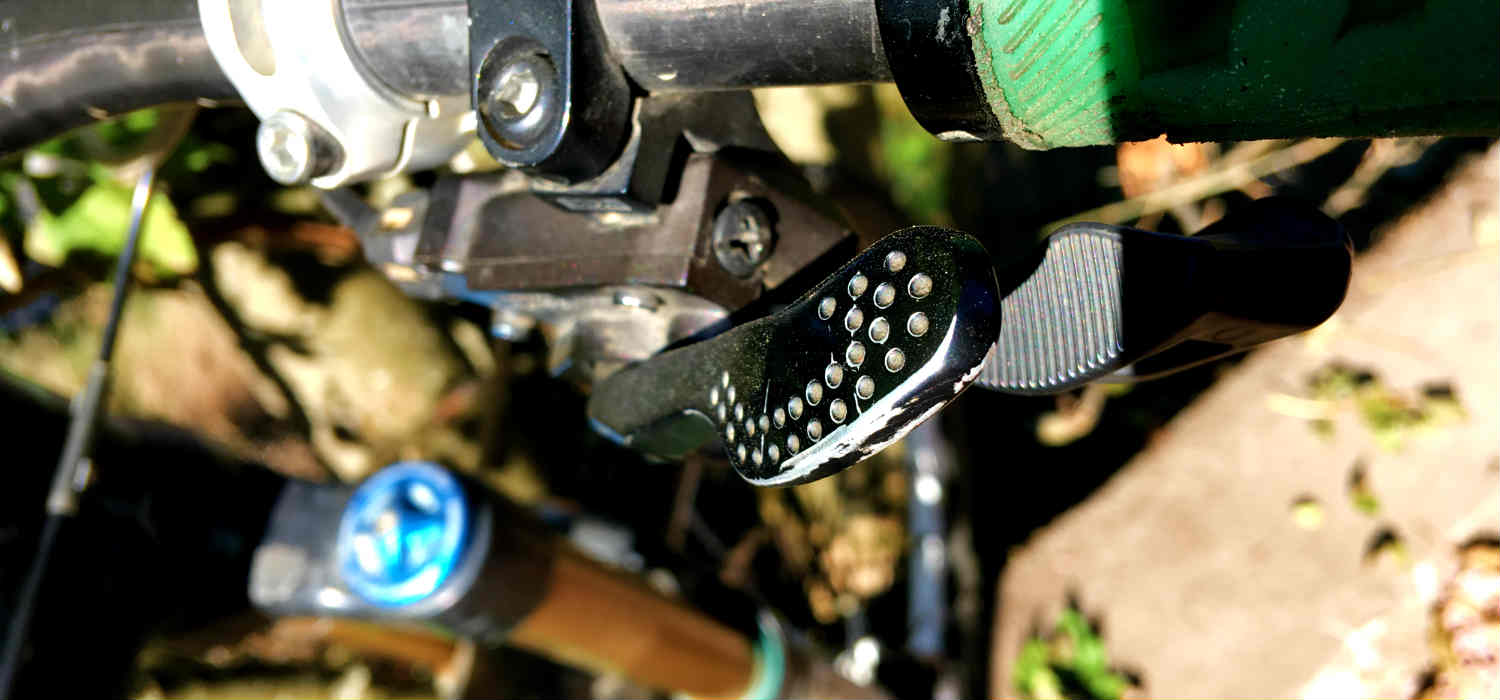
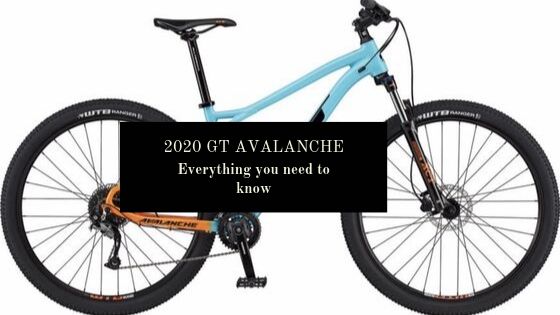

Thank you for sharing this in-depth information about ‘Bikepacking’! I have to say I am now inspired to plan a bikepacking trip. As I was engaged in your post, I was thinking to myself how I would plan a route and where would I stay? Right then, you covered this topic. I appreciate your suggestions about using FATMAP and RidewithGPS as I will definitely be looking into both. Do the apps you suggested also help you plan where to stay overnight during your bikpacking route or is there an app that helps you find places to sleep at overnight? I am saving your link to refer back to when the time comes for planning a bikepacking trip. Thank you!
Hi Lindsey,
Thanks for your comment. The apps are purely for route planning, but sometimes refuges and campsites are visible. But, it is best to do more in-depth research on places to stop.